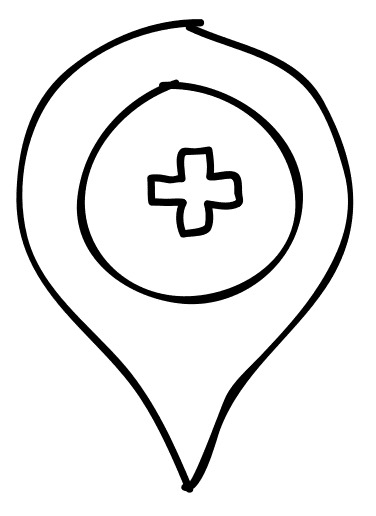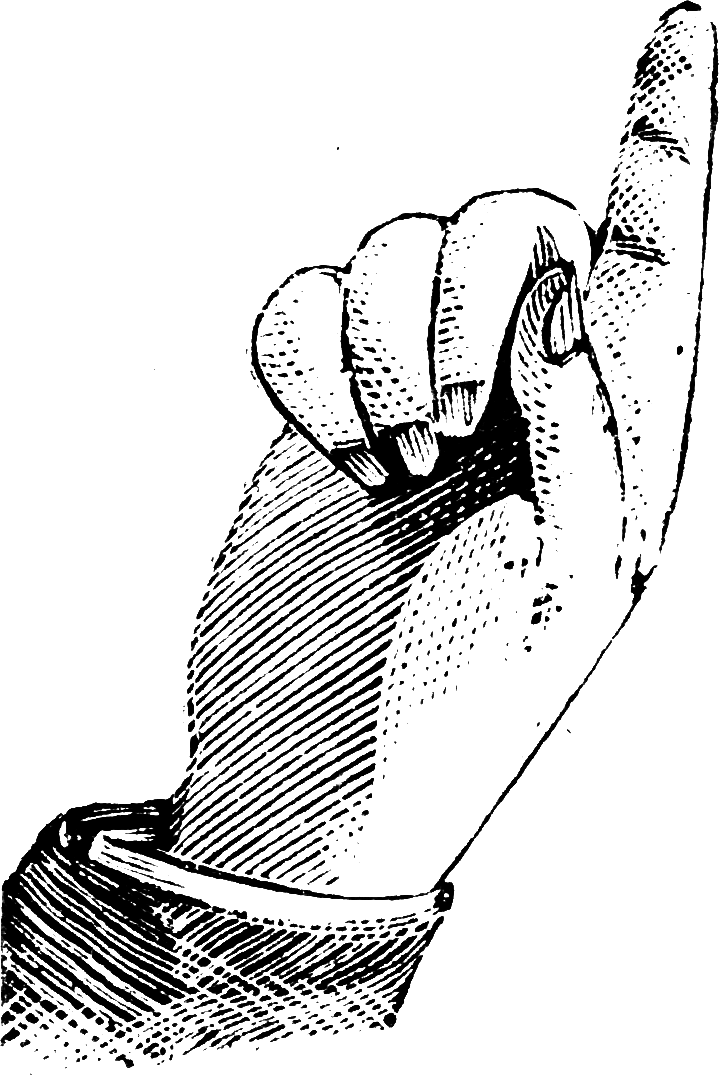About
Orientation is a required experience for all DF participants. After completing it, DF participants will have
- Developed their understanding of the DF philosophy,
- Learned about the five Core Modules that make up the DF program and what each one covers,
- Explored the structure of a DF module so that they understand how to participate, and
- Completed several Orientation tasks so that they are prepared to answer/ask questions, submit activities, annotate readings, and post to their portfolios.
Your Orientation Map
Using this Map
This map will guide you through the DF Orientation experience.
Along the way, look for “Map Your Progress” buttons to provide more information about what you are learning or doing at that stop.
“Next on This Stop” buttons will provide direction for multi-step stops on the journey.
Next on This Stop
“Back to the Map” buttons will bring you back here and direct you to the next stop in your journey.
Occasionally, popup tooltips will appear to point out important features on a page.

The first stop on our journey is the Topics for Consideration. Every module will have a Topics page with links to the main ideas and themes of the module.
Now, explore the Orientation Topics page and learn more about the DF philosophy, program, structure, and tools.
By the time you are done, you should have
- Learned about the DF philosophy
- Become familiar with the nine DF modules
- Created an account on and logged into the DF website (where you are now!)
- Become familiar with the structure of a DF module
- Learned you can refer back to these videos if you need help throughout Orientation
The second stop is Questions for Discussion. Each module’s Questions page contains prompts to get conversation going about the module topic.
Now, explore the Orientation Questions page and practice joining a DF conversation.
By the time you are done, you should have
- Responded to a question
- Learned how to embellish your response with links, images, etc.
- Practiced asking your own question


On the third stop, we will visit the Resources for Study. This page will contain links to readings related to the module; in DF we use the tool Hypothesis to collaboratively annotate the readings and foster a conversation around them.
Now, visit the Orientation Resources page and learn how to sign up for Hypothesis, joined the DF Hypothesis group, and annotate an article.
By the time you are done, you should have
- Signed up for Hypothesis or logged into your existing account
- Joined the DF Hypothesis group
- Added a DF annotation to the reading
On the fourth stop of our journey, we will introduce you to the Activities for Exploration. In DF, Activities allow you to practice what you’re learning and discussing in the module. Some activities draw on the DF Workbook; others are simple prompts.
Now, go to the Orientation Activities page and learn more about DF activities.
By the time you are done, you should have
- Learned about the different types of activities
- Completed the sample Orientation Activity


On the fifth stop, you will explore your DF Portfolio. The portfolio is a public web space just for you; it will contain any activities you complete as well as your most recent comments, annotations, and questions. Your portfolio lives outside of any single module. It is available to you from any DF program.
Now, visit your Portfolio page and explore this space. Don’t worry that there isn’t much there yet! As you work in modules, your portfolio will get full!
By the time you are done, you should have
- Understand how content is added to your portfolio
- Learned that your portfolio is available across all the DF modules you participate in.
You’ve now completed the Orientation journey. Before you go, please review the video below; it covers a few smaller things that will be helpful as you begin your module.
When you’re done, if you feel like you need additional assistance with anything related to Design Forward, make an appointment with the staff of the CoLab.


